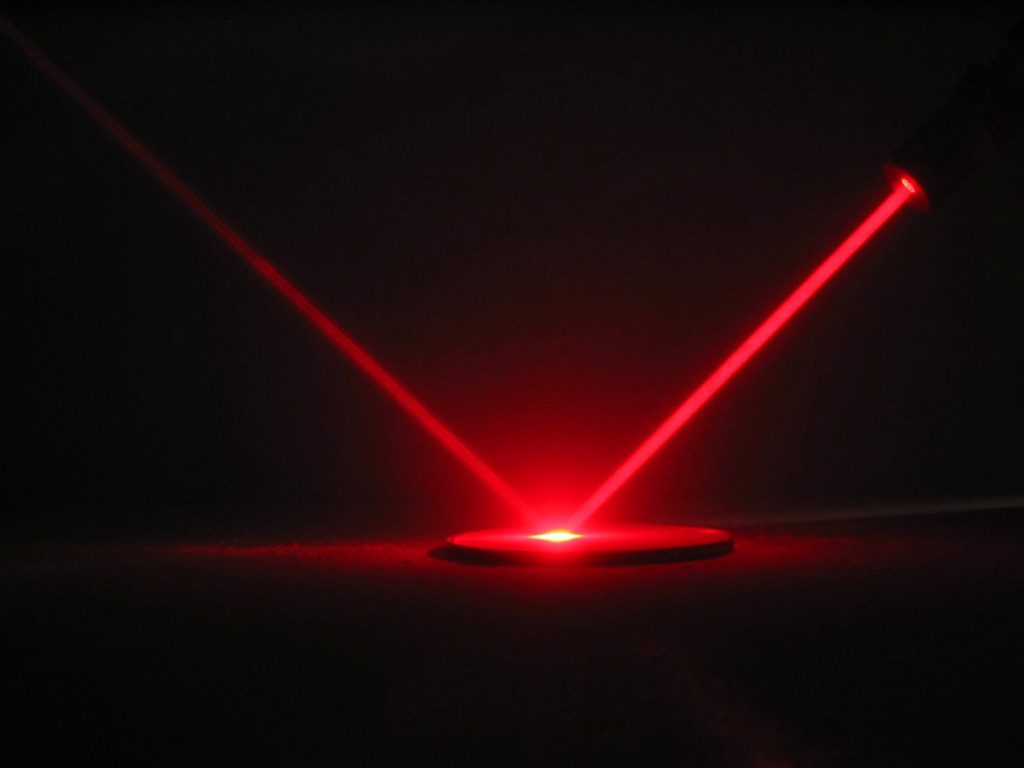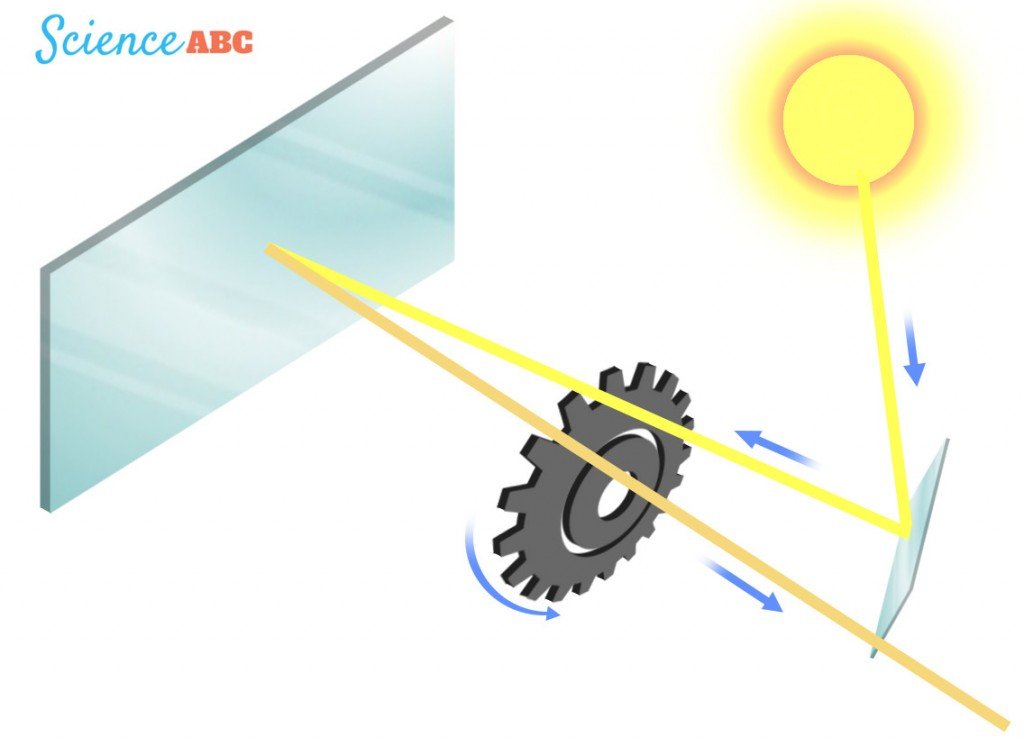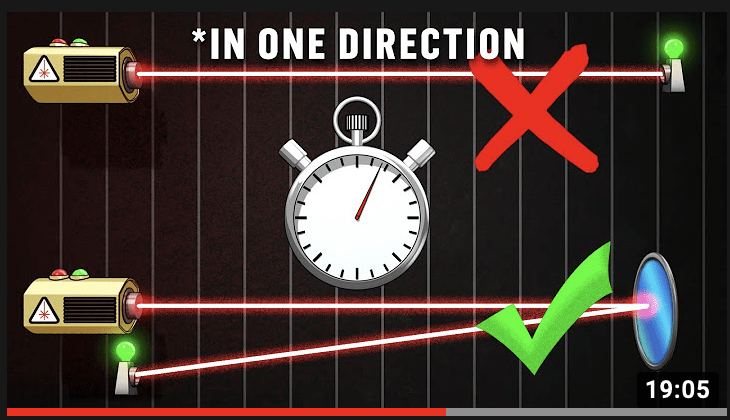
The speed of light is in fact an assumption. The truth is that we have never measured the speed of light in one direction experimentally. The speed of light in a vacuum is said to be 299,792 kilometers per second.

What we can do now, even with the most advanced technology we have, is to measure the round trip speed of light and assume that the speed is equal in both directions.

We need two synchronized clocks to measure the speed of light in one direction. The start and end times of a photon need to be measured to find the speed of light in one direction. Two synchronized clocks can be used for this. After two clocks are synchronized, one clock must be moved to the finishing point. But when a clock is changed in this way, it undergoes time dilution and the clock at the finishing point shows a small difference in time compared to the clock at the starting point. In short, we cannot measure time in one direction of light unless we can use two synchronized clocks.
(Science has proven that time dilation means that our GPS satellites are subjected to daily time dilation.)

Then one way is to put a mirror at the finishing point and return the light to the starting point to find the total time. At this average speed, light may slow down as it travels in one direction and speed up as it returns. But when we take the average speed we always get the same speed. That is, the speed of light ” C ” is the average speed of a round trip trip. But not the speed of one direction.

In other words, light does not have to have a constant speed in all directions. This only means that it will have a constant “average” round-trip speed.





Recent Comments